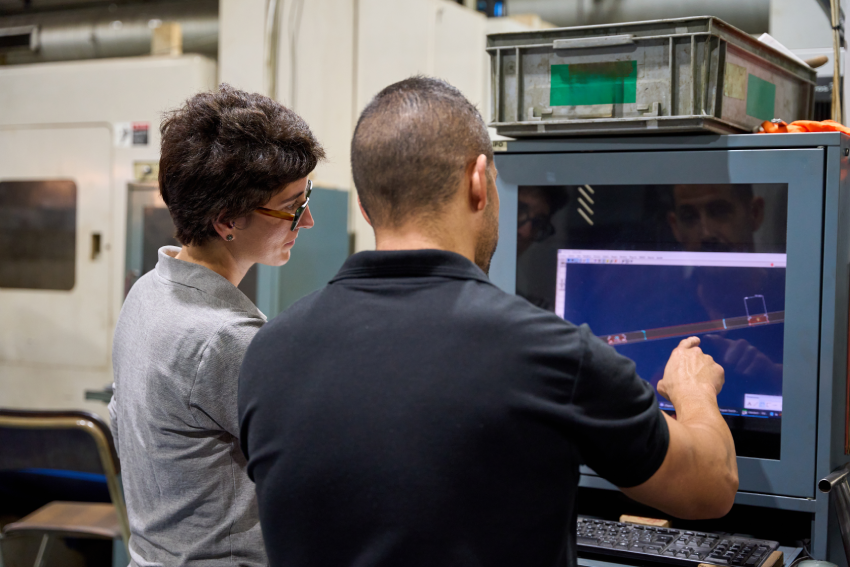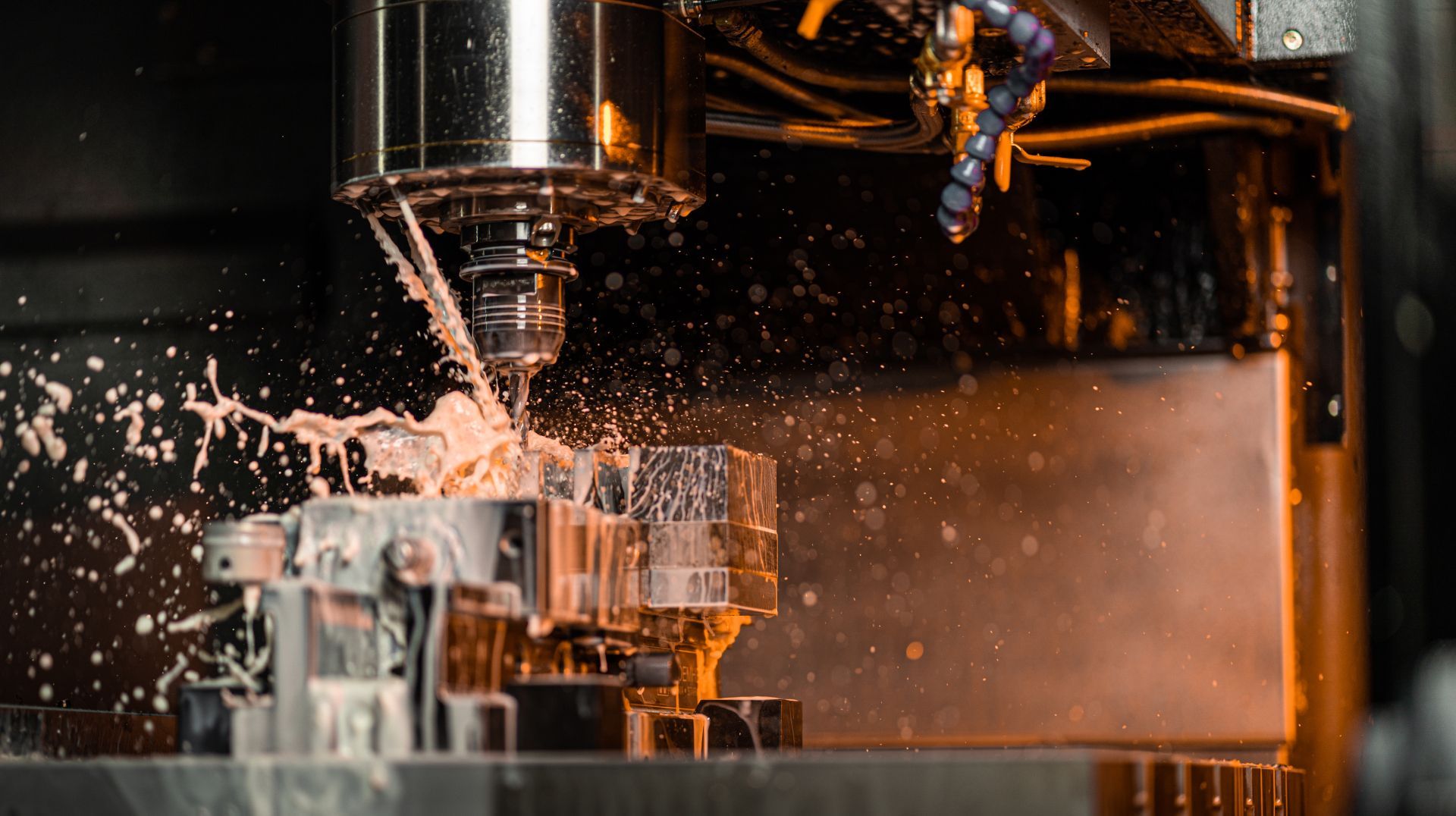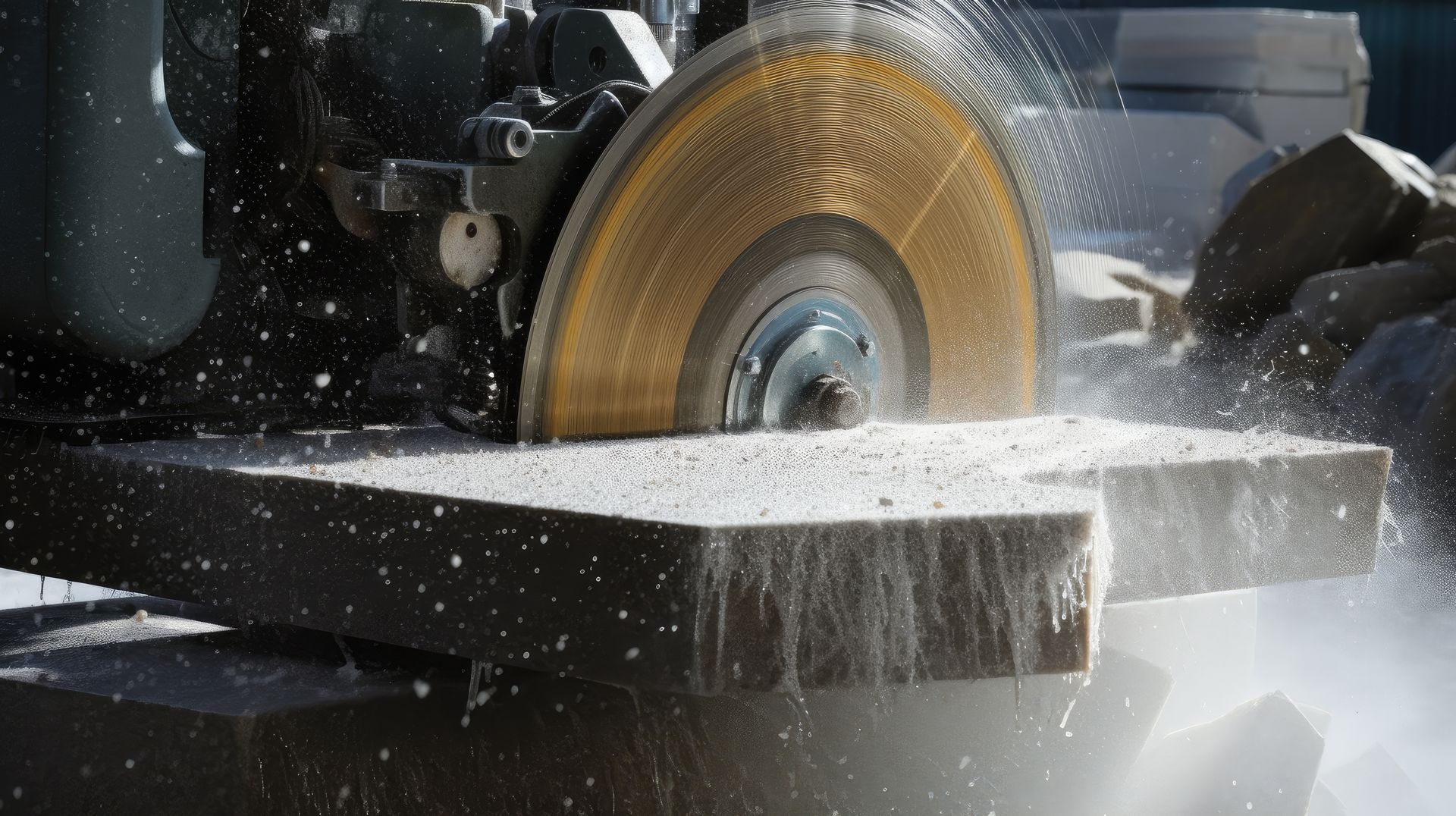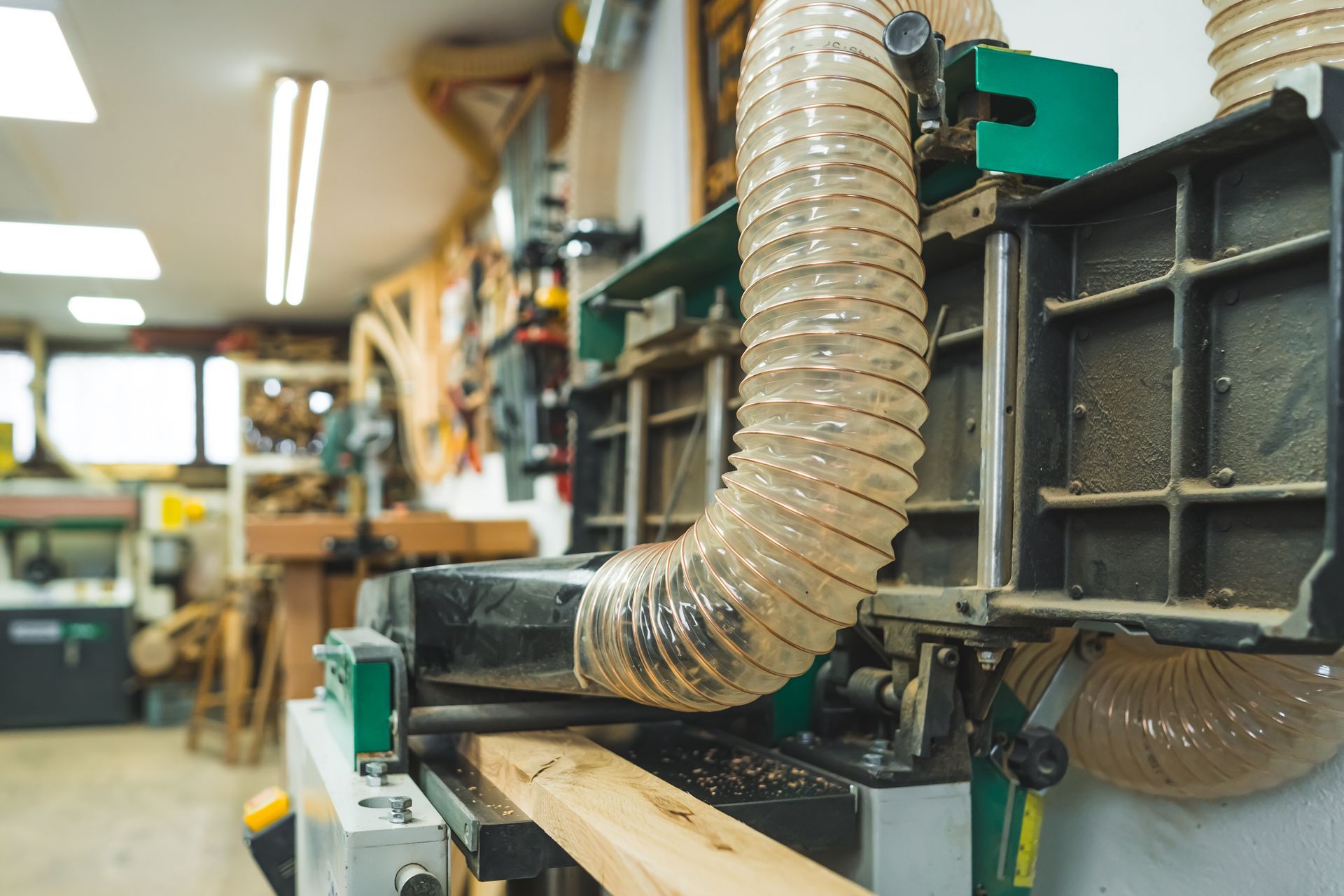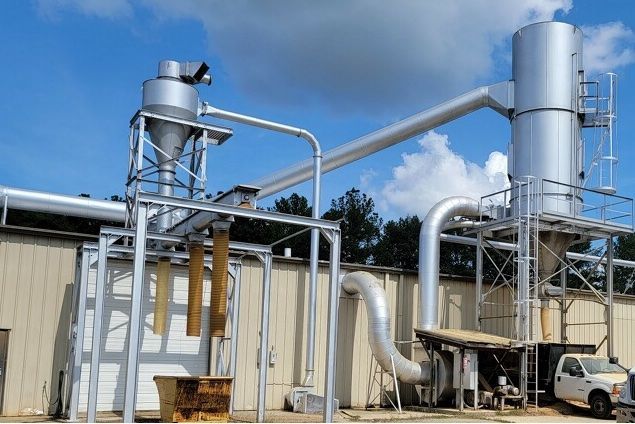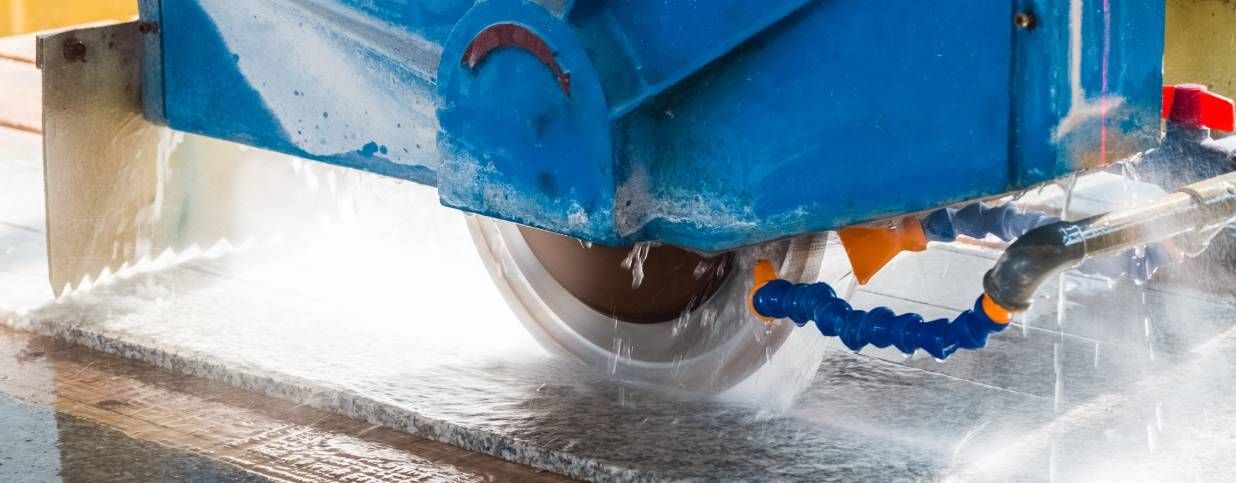CNC Spoilboard Tips: Get Better Cuts and Stronger Hold-Down
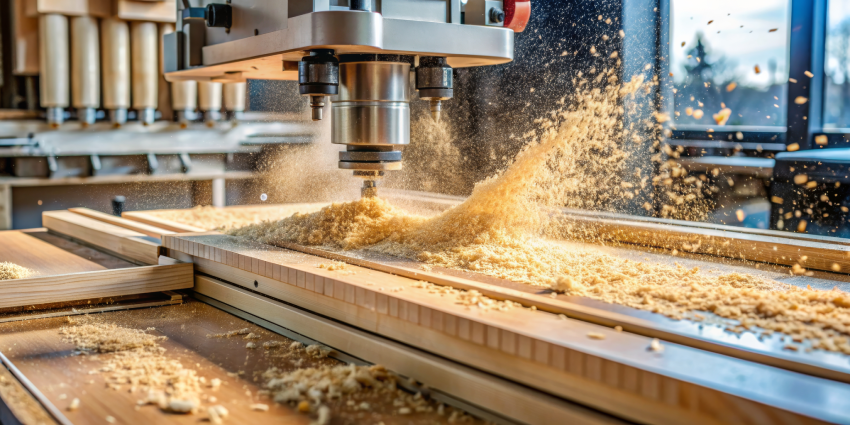
Are you struggling with inconsistent cuts, part movement, or vacuum loss on your CNC router?If so, these CNC spoilboard tips can help you improve precision and efficiency in your work area. A well-prepared spoilboard can be your best ally—or your worst enemy," says Jim Paden, CNC expert at Diversified Equipment and Supply. With over 30 years of experience, Jim emphasizes that choosing and maintaining the right spoilboard is critical for achieving professional results in CNC operations.
What is a Spoilboard and How Does it Help?
A spoilboard is a replaceable work surface that protects your CNC machine table from wear and tear while enhancing the precision of your cuts. It acts as a sacrificial layer, absorbing damage from through cuts, dents, and abrasions. Spoilboards also provide critical stability for vacuum hold-down systems, allowing operators to secure workpieces effectively.
"Spoilboards might seem like a small detail, but they play a huge role in ensuring effective vacuum hold-down and protecting your machine table," Jim explained. "Even small oversights, like leaving the edges unsealed or failing to bolt the board down, can lead to significant vacuum loss and impact your production quality."
What to Look for in a Spoilboard
Selecting the right spoilboard requires balancing durability, cost, and vacuum performance. Key considerations include:
- Strength and Porosity: Spoilboards need to be durable enough for repeated use while porous enough to support proper vacuum airflow.
- Material Density: Choose materials with densities that balance strength and suction capabilities. Denser materials may restrict airflow, while lighter ones may wear out faster.
- Maintenance Requirements: Properly prepared spoilboards reduce maintenance costs and extend the life of your vacuum system.
"When surfacing a new spoilboard, always fly-cut both sides to ensure a flat and open surface for proper vacuum flow," Jim recommended. "A fuzzy texture indicates that the board is ready for use."
CNC Spoilboard Materials: How Thick Should a Spoilboard Be?
The most commonly used spoilboard materials are medium-density fiberboard (MDF), low-density fiberboard (LDF), and, in some cases, high-density fiberboard (HDF). Each offers unique advantages and drawbacks.
MDF (Medium-Density Fiberboard):
- Density: 0.5g/cm³ to 0.8g/cm³
- Best for: Strong hold-down and industrial CNC work
- Drawback: Too dense MDF can restrict vacuum efficiency
However, Jim cautions that "if it's too dense or resin-rich, it can restrict vacuum efficiency."
LDF (Low-Density Fiberboard):
- Density: 0.35g/cm³ to 0.5g/cm³
- Best for: Maximizing vacuum hold-down for lightweight materials
"LDF is an excellent choice for operators looking to maximize suction and stability, especially for lightweight materials," Jim noted.
HDF (High-Density Fiberboard):
- Best for: Applications needing extra durability
- Drawback: Not ideal for vacuum hold-down due to high resin content
Jim pointed out, "HDF's high resin content often makes it too dense for optimal vacuum flow, but it’s worth testing if you require extra durability."
Making and Maintaining a Spoilboard
Creating a Spoilboard:
Custom spoilboards can be crafted to fit specific machine tables. Steps include:
- Cutting the material to match the table dimensions.
- Bolting the board securely to prevent warping and dust infiltration.
- Fly-cutting both sides to ensure flatness and proper vacuum performance.
"Bolting your spoilboard to the table isn’t just about stability—it prevents warping and vacuum leaks caused by dust or temperature changes," Jim explained. "This step alone can save operators hours of downtime."
Sealing Spoilboard Edges:
To reduce vacuum loss, Jim recommends sealing spoilboard edges:
"The edges of your spoilboard are a hidden culprit for vacuum loss. By sealing them with three coats of latex paint or wood glue, you can dramatically reduce air leakage."
Expert CNC Spoilboard Tips
Jim shared several actionable tips during the webinar to help operators maximize spoilboard performance:
- Monitor Vacuum Pressure: "Install vacuum gauges to track pressure levels. Knowing how much vacuum you're pulling can help you identify and resolve issues quickly."
- Inspect Filters Regularly: "Clogged vacuum filters restrict airflow, so keep them clean to maintain suction power."
- Control Cutting Depths: "Avoid cutting too deeply into the spoilboard. Excessive depth creates channels that can cause vacuum loss."
Why the Right Spoilboard Matters
Choosing the right spoilboard and maintaining it properly isn’t just about protecting your CNC machine—it’s about achieving precision, efficiency, and consistency in your production process. As Jim emphasized, "A well-prepared spoilboard saves time, reduces costs, and ensures better results for every job."
Your Partner in CNC Excellence
Diversified Equipment and Supply is your trusted source for CNC solutions. From spoilboards and vacuum systems to new and used CNC machines, we provide expert advice and products tailored to meet the needs of industrial manufacturers.
Contact us today to explore our selection and discover how we can help optimize your CNC operations. Whether you need CNC spoilboard tips, expert guidance, or high-quality materials, we’re here to help!
Get In Touch
Thank you for contacting Diversified Equipment. A member of our team will follow up with you within 2 business days. If your needs are more urgent, please call us M-F 8-5 at 704-545-5198.
Please try again later.
© Copyright 2024 | All Rights Reserved | Diversified Equipment and Supply | Powered by WSI-Summit | Privacy Policy| Terms


